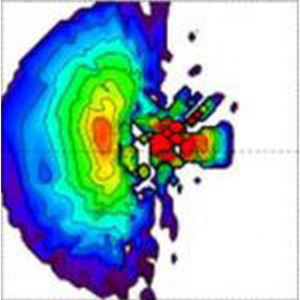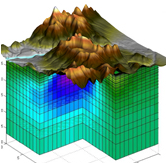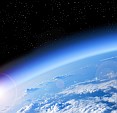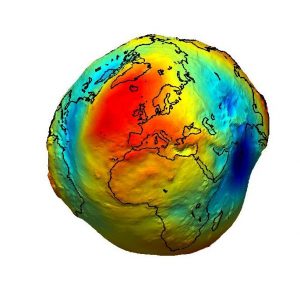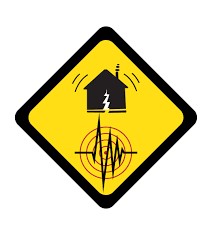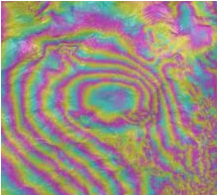Space plasma and near Earth processes
The group’s activities cover a wide range of Sun-Earth interaction processes, the study of the magnetosphere and its immediate environment, its structure and dynamics, transient processes that pose a direct threat to human digital and communications infrastructure, and processes in the ionised region of the upper atmosphere (the so-called ionosphere). In particular, the group’s research aims to understand and map the interactions at individual interfaces and their impact on the overall Earth’s magnetosphere and ionosphere. The research topic of the group is unique in Hungary. The Space Physics Group/Department of the Wigner Research Centre for Physics focuses primarily on the interplanetary space that fills the Solar System and the phenomena around the planets that make up the Solar System, while the ELTE Space Research Group is concerned with the Earth’s magnetosphere and remote sensing. The research area of the Space Research – Space Technology Unit of the EPSS provides the link between the broader Solar System and the physical processes of the inner Earth magnetosphere and ionosphere, covering the study of the physical processes of the entire Solar System, from the Earth’s surface to interplanetary space.
The data used for this research will come from both state-of-the-art operational satellites, which are used by the world’s leading research institutions, and from ground-based instruments, which are also among the most sophisticated (in-house geophysical observatories, magnetic, electrical and ionosonde data).
The precision required in satellite positioning, communications and radio-astronomy often exceeds the impact of ionospheric irregularities on signal propagation, so monitoring the ionosphere and knowing more precisely the anomalies it generates has become extremely important. Current research on the ionosphere in EPSS covers a broad spectrum, from the study of the impact of solar flares (flares, coronal oscillations) and geomagnetic storms on the ionosphere (in collaboration with Prof. Earle Williams, Massachusetts Institute of Technology) to the detection of meteor tracks and the impact of meteor swarms on individual ionospheric layers (in collaboration with other European ionosonde stations). In addition, we are investigating ionospheric anomalies that may precede earthquakes (in collaboration with researchers at Frederick University). Furthermore, we have recently studied the coupling mechanisms of the troposphere-lower ionosphere and in some cases have been able to detect a significant decrease in the electron density of the sporadic E layer in relation to thunderstorm activity (in collaboration with the Italian INGV, the Czech Institute of Atmospheric Physics and the University of Crete). The research at our institute contributes greatly to the understanding of the energy coupling processes in the magnetosphere-ionosphere-neutral atmosphere system. The future work will be greatly supported by the new digital ionospheric radar (DPS-4D ionosonde) installed at the Széchenyi István Geophysical Observatory in the summer of 2018 in the framework of the GINOP-2.3.2-15-2016-00003 project “Cosmic Impacts and Risks”, which will allow our observatory to join international and European ionosonde networks (GIRO, DIAS) and to participate in coordinated international projects (e.g. H2020, Tech-TIDE project measurements).




